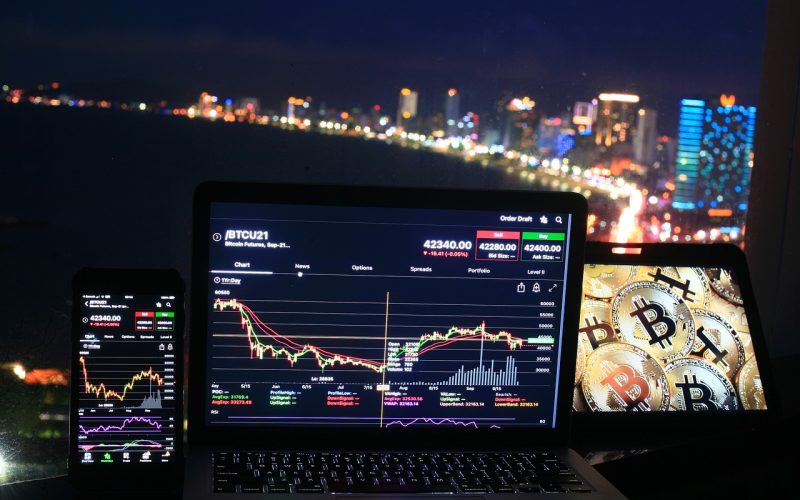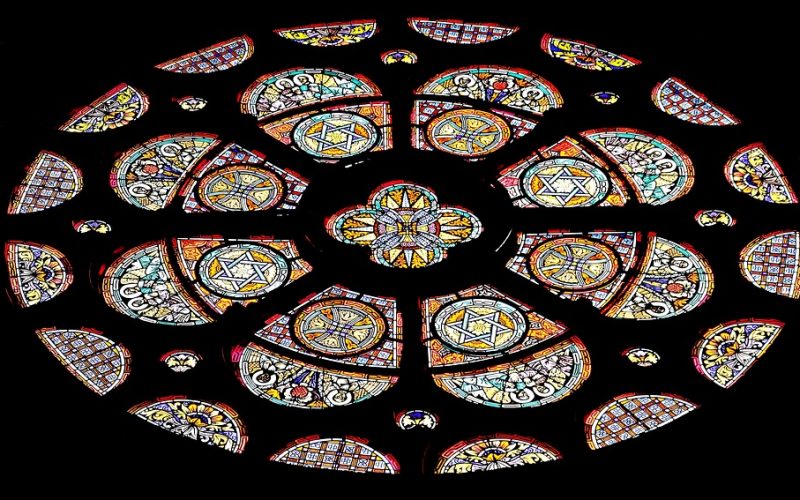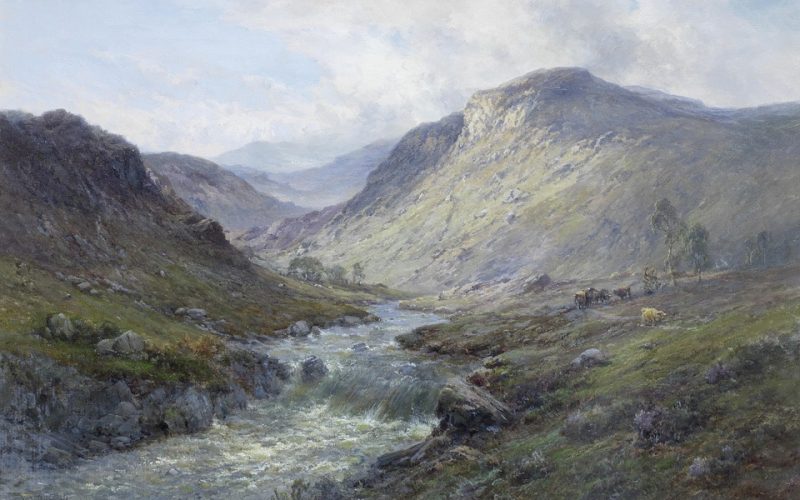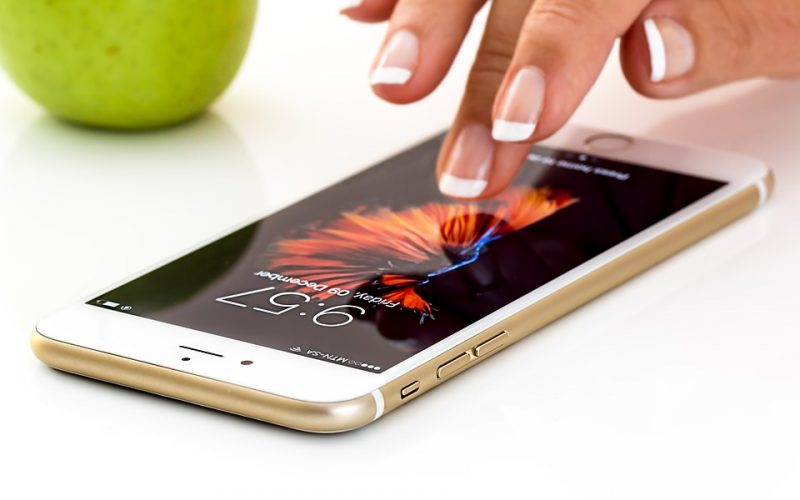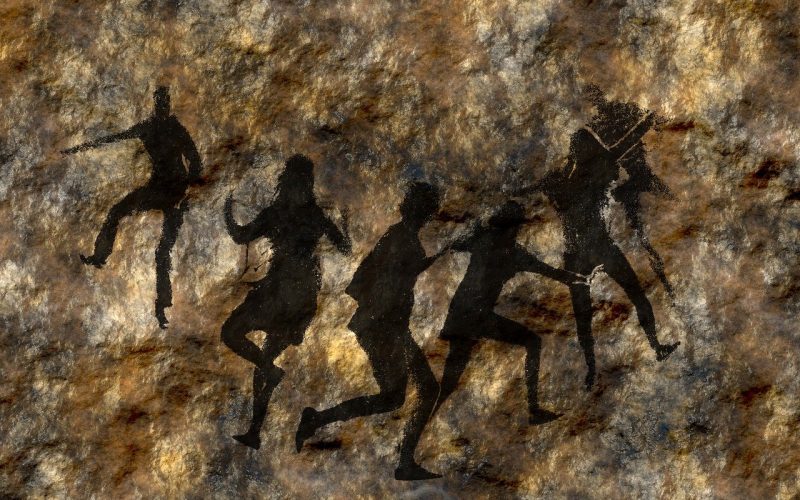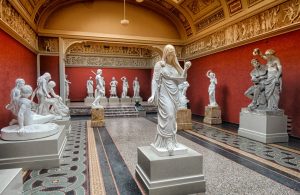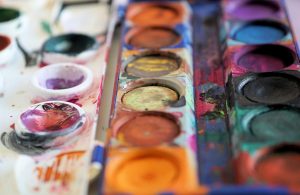In the rapidly evolving world of art and technology, digital art and NFTs (Non-Fungible Tokens) have emerged as significant players. These innovations are not only transforming the art market but also redefining how art is created, owned, and traded.
Understanding digital art
Digital art refers to artworks created or presented through digital technology. This genre encompasses a wide range of forms, including digital painting, animation, interactive art, and more. Unlike traditional art forms, digital art exists on a screen and is often created using software and digital tools. The accessibility and versatility of digital art have enabled artists to experiment with new techniques and reach global audiences without the constraints of physical galleries.
Digital art has been around since the advent of computing technology, but it has gained significant momentum in recent years due to advances in software and hardware capabilities. Artists can now produce highly detailed and complex images, animations, and interactive experiences that were previously unimaginable. Platforms like DeviantArt and ArtStation have provided spaces for digital artists to showcase their work, while social media platforms have allowed them to connect with fans and buyers directly.
The rise of NFTs
NFTs, or Non-Fungible Tokens, are unique digital assets stored on a blockchain. Unlike cryptocurrencies such as Bitcoin, which are fungible and interchangeable, NFTs represent ownership of a specific digital item and cannot be replicated. This uniqueness makes them ideal for representing digital art, collectibles, and other one-of-a-kind digital assets.
The concept of NFTs has been around for a few years, but they gained mainstream attention in 2021 when several high-profile digital artworks sold for millions of dollars. For example, Beeple's "Everydays: The First 5000 Days" sold at Christie's auction house for $69 million, making it one of the most expensive digital artworks ever sold. This sale highlighted the potential for NFTs to revolutionise the art market by establishing digital provenance and scarcity.
The benefits of NFTs for artists
For artists, NFTs offer several advantages over traditional art sales. Firstly, NFTs provide a way to prove ownership and authenticity of digital art, addressing one of the biggest challenges in the digital art space — the ease of copying and distributing digital files. By minting an artwork as an NFT, artists can ensure that there is a verified digital record of ownership on the blockchain.
Additionally, NFTs allow artists to receive royalties from secondary sales. In traditional art markets, artists typically only profit from the initial sale of their work. However, with NFTs, artists can program a percentage of future sales into the token, ensuring ongoing income as their work appreciates in value and changes hands.
The challenges of NFTs
Despite their potential, NFTs are not without challenges. One of the main concerns is the environmental impact of blockchain technology, particularly the energy-intensive processes associated with creating and trading NFTs. Critics argue that the carbon footprint of blockchain transactions is significant and unsustainable.
Furthermore, the NFT market is highly speculative and volatile, with prices for digital art fluctuating widely. This volatility can make it difficult for artists and collectors to gauge the true value of an NFT. There are also concerns about copyright infringement and plagiarism, as anyone can mint a digital file as an NFT, potentially leading to disputes over rightful ownership.
The future of digital art and NFTs
Looking ahead, the future of digital art and NFTs is likely to be shaped by technological advancements and evolving market dynamics. Improvements in blockchain technology, such as more energy-efficient consensus mechanisms, could address environmental concerns and make NFTs more sustainable. Additionally, increased regulation and standardisation may help mitigate issues around copyright and market volatility.
The integration of virtual reality (VR) and augmented reality (AR) with digital art and NFTs could also open up new opportunities for artists and collectors. These technologies could enable immersive art experiences that transcend the limitations of traditional galleries, allowing audiences to engage with digital art in novel ways.
Digital art and NFTs represent a significant shift in the art world, offering new opportunities and challenges for artists, collectors, and enthusiasts. While the full impact of these innovations is yet to be realised, they have already begun to transform how we create, own, and experience art. As the technology matures and the market evolves, digital art and NFTs will continue to play a pivotal role in shaping the future of art.
